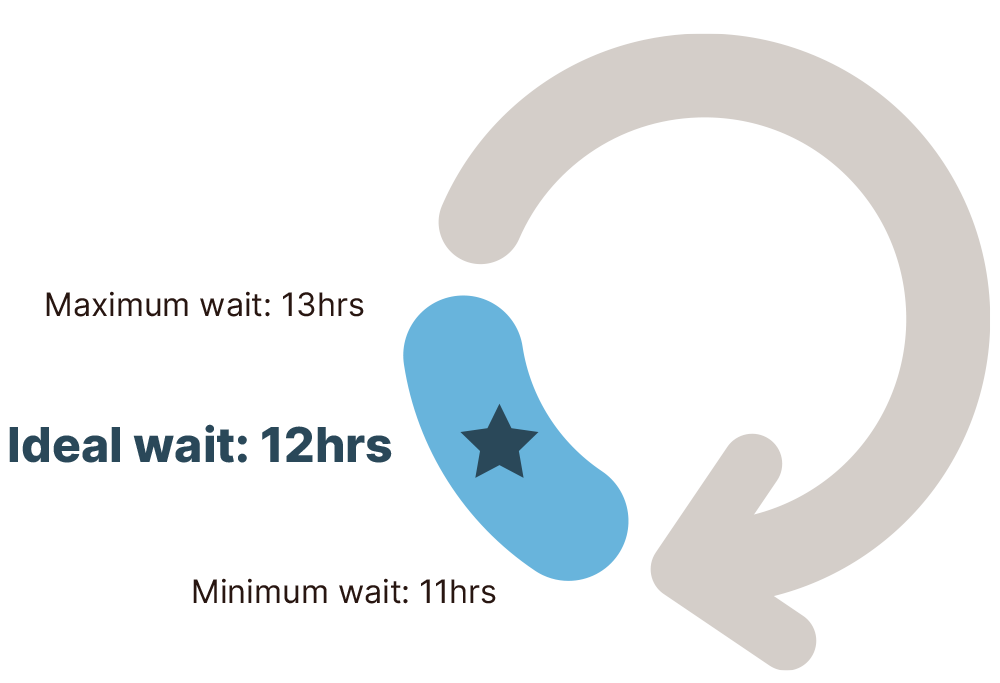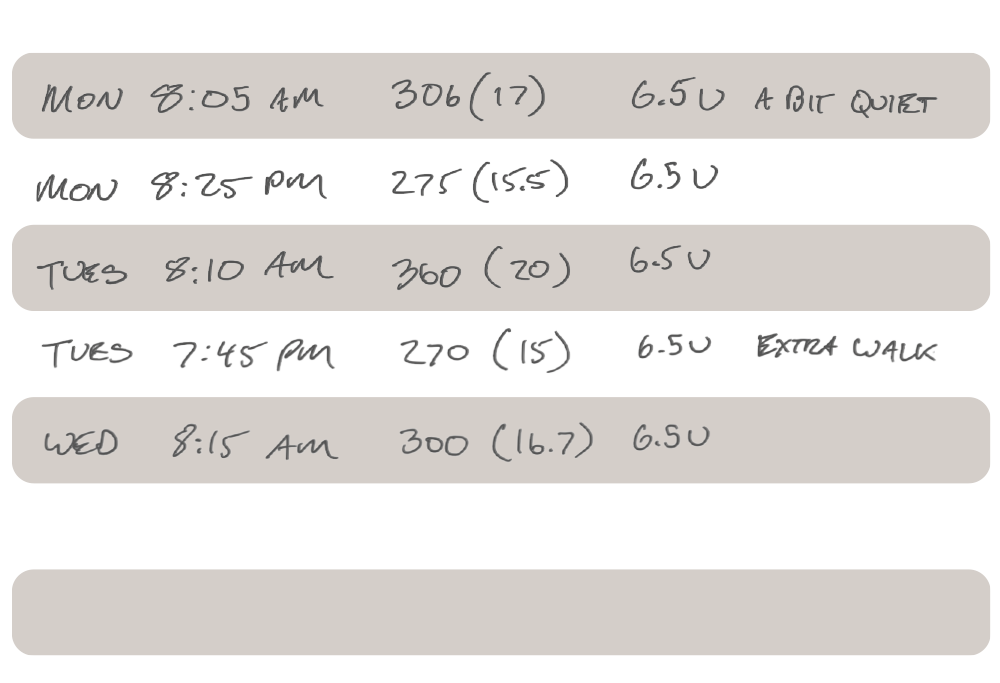October 15, 2025
8 minutes
You’re probably being bombarded with a lot of technical information and wondering what the future holds for you and your dog. Let’s focus on the immediate situation, what you need, and what you need to do.
We don’t want to sugar coat this; the first few months with your diabetic dog can be the most challenging. Your dog’s health and needs have instantly changed, and you may have to do things that can be new, uncomfortable or even scary.
We can tell you from experience that it gets easier. Before our 12-year old border terrier Parker became diabetic, we had never drawn blood or injected a needle. The idea of doing those things made us anxious and squeamish.
Today, testing Parker’s blood glucose and injecting him with insulin is as second nature as flossing and brushing in the morning. And it takes about as long, too.
You will get to that place. There’s a lot of help and support to tap into. There are at least 165,000(1) diabetic dogs in the US and Canada, so know that you're not alone.
1. Stem Cells Translational Medicine - Concise Review: Canine Diabetes Mellitus as a Translational Model for Innovative Regenerative Medicine Approaches - Moshref et al. 2019
Once you get into a rhythm, caring for your diabetic dog becomes second nature. Most dogs do best on a consistent morning and evening routine — about 12 hours apart — following the same steps each time.
Check your dog’s blood glucose before meals (or as advised by your vet). A simple ear- or paw-prick test helps you see if it’s safe to give insulin.
Give the same measured food at the same times every day. Consistency in what and when your dog eats keeps blood sugar steady and helps insulin work as expected.
Give insulin right after eating, using the dose prescribed by your vet. Rotate injection spots, stay calm, and reward your dog with praise or a treat.
You’ve just become your dog’s daily health partner. It might feel like a lot right now, but you’ll quickly learn the rhythm of testing, feeding, and giving insulin — and your dog will start to feel better because of you. A few simple habits will help you both succeed.
Stick to a routine
Your dog’s body runs best on a steady rhythm. Aim for insulin doses about 12 hours apart — at the same times every morning and evening.
A little flexibility (an hour either way) is fine, but consistency helps keep blood sugar stable and your dog feeling good.

Watch for highs and lows
Keep an eye on your dog’s patterns.
Highs: lots of peeing or thirst.
Lows: wobbling or weakness. Rub a little honey on their gums and call your vet.

Write things down
Keep a simple log of tests, meals, and insulin doses. It helps you and your vet spot patterns and make safe dose changes.
If more than one person helps, notes keep everyone on the same 12-hour schedule.

Work with your vet
Your vet is your partner in keeping your dog healthy. They’ll help you:

It’s a lot to take in at first, but soon this new routine will feel natural. Your care makes a world of difference — and your dog can live a long, happy life with diabetes.
You don’t need much to get started — just the everyday tools that help you test, feed, and give insulin safely. Your vet can guide you on what to buy first and what can wait until you’re settled into a routine.
The first few days are the hardest — every new habit feels big. But soon, testing, feeding, and giving insulin will feel routine. Most dogs bounce back quickly once treatment begins — and diabetes itself rarely shortens their lives when managed with care.